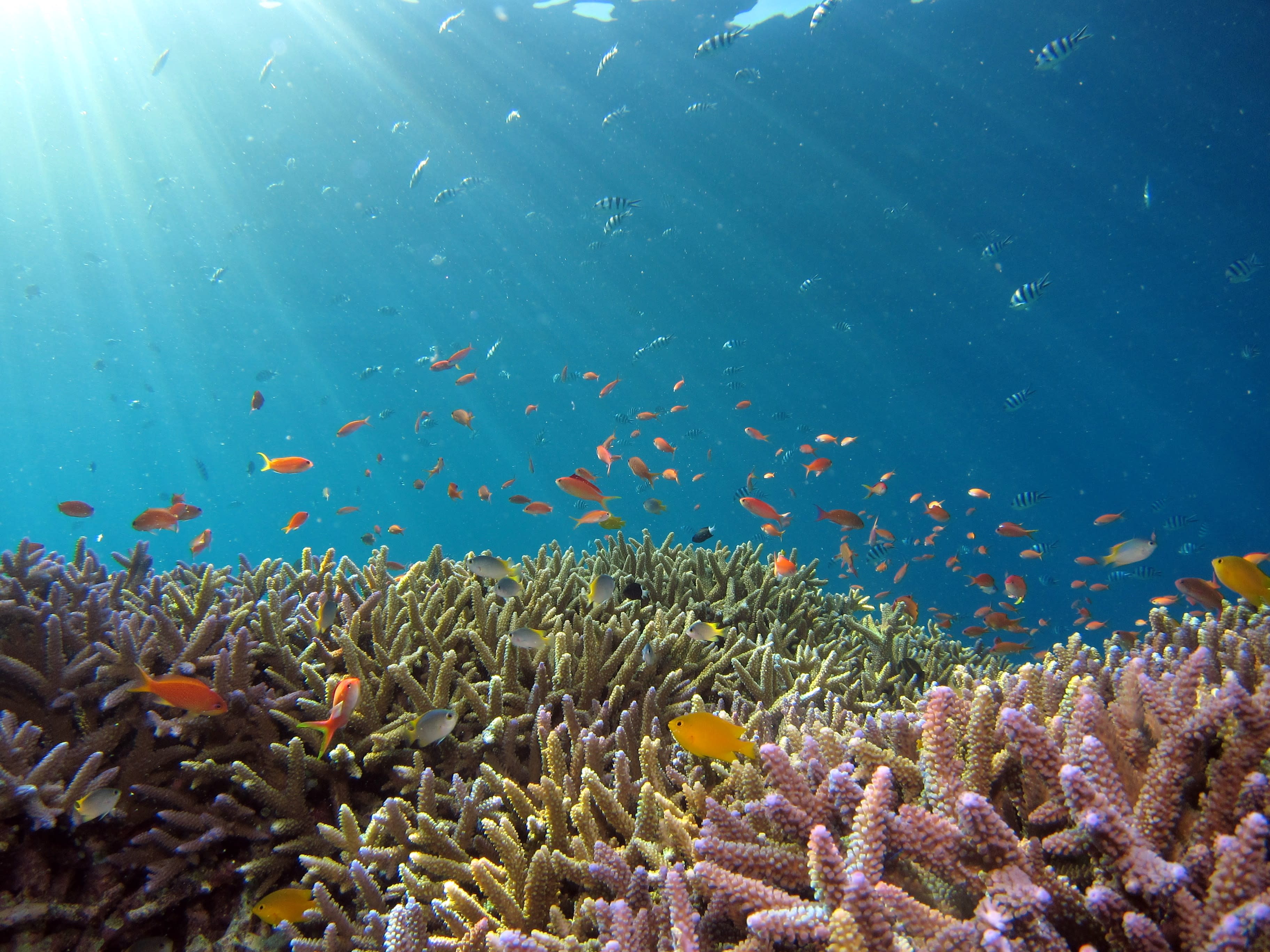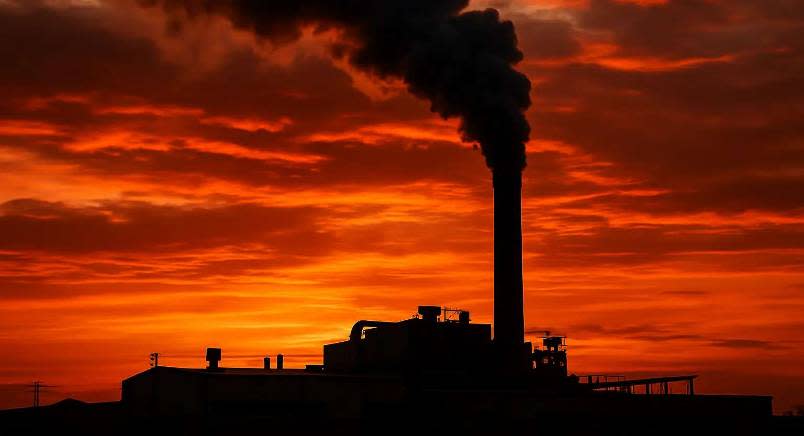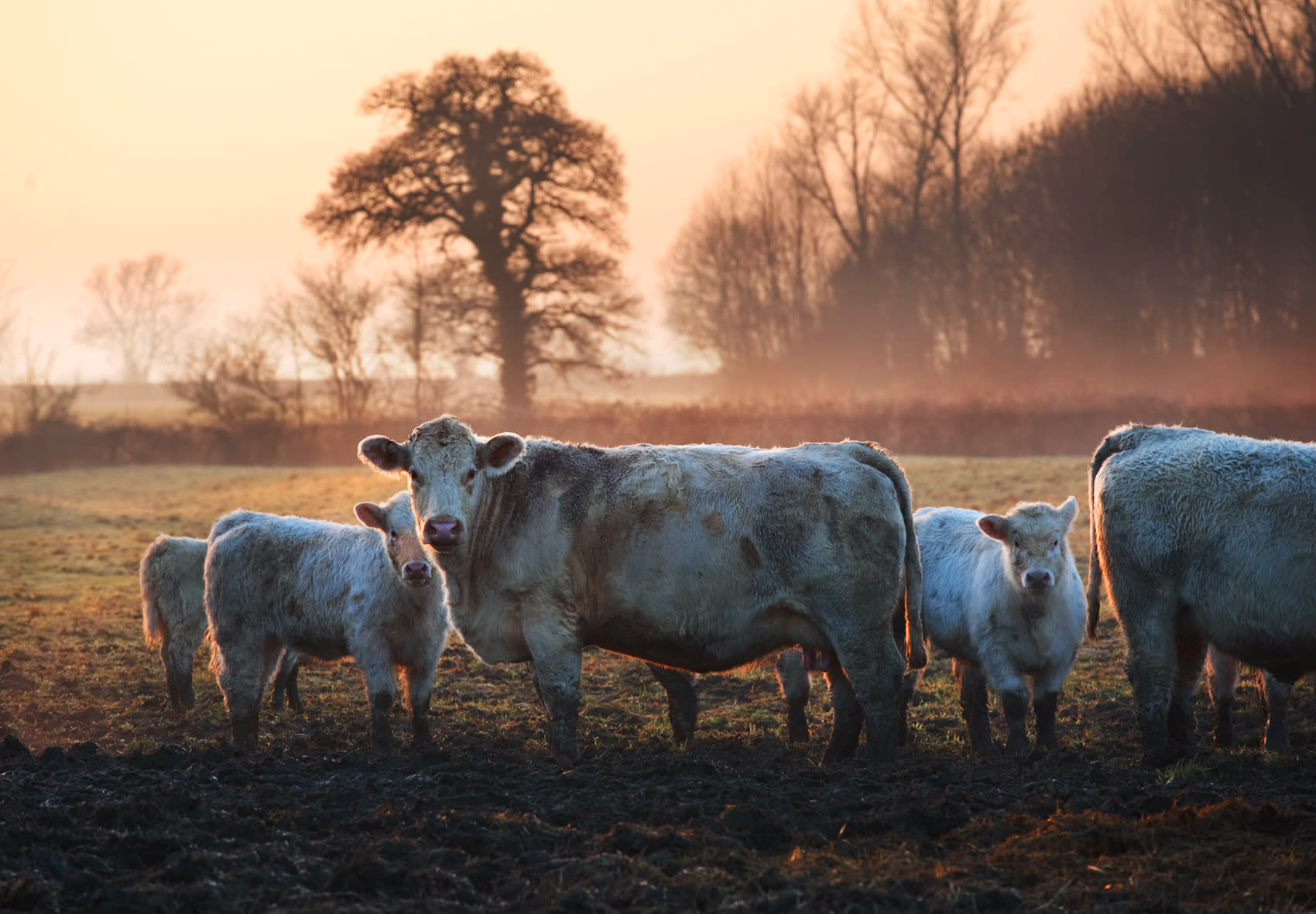




To protect the planet, humans must begin at the source: the ocean.

It’s nearly impossible to overstate the importance of the world’s oceans. Although it covers the majority of the Earth’s surface, and provides a home for countless forms of marine life, the ocean is a surprisingly delicate resource. Human activity since the Industrial Revolution has wreaked havoc on this expansive, watery world of plants, animals, and ecosystems. Unless humans turn the tide and form a more sustainable relationship with the seas, scientists say that grave consequences loom near.
What is ocean conservation?
Ocean conservation is simply the protection and preservation of the ecosystems throughout the world's oceans and seas. Fishes, mammals, reptiles, plants, and other marine life depend on the conservation of ecosystems, such as coral reefs, mangroves, the open ocean, and the deep sea for their survival. The impact of ocean sustainability, however, extends well beyond the sea and its inhabitants.
The importance of ocean conservation
Oceans and climate regulation
Without the oceans and its ability to regulate Earth's climate, much of the planet would be uninhabitable. According to the National Oceanic and Atmospheric Administration (NOAA), ocean currents act like a "big conveyor belt." A combination of factors helps move warm water from the equator to the North and South Poles. At the same time cold water from the poles flows back down toward the equator. This exchange of heat is a primary driver of climate patterns around the globe.
Because so much of the earth is covered by ocean water—more than 70 percent—it absorbs most of the sun's radiation beating down on the planet. When the oceans' water molecules heat up, they evaporate into water vapor increasing the temperature and humidity of the surrounding air. This forms precipitation which is then carried off by the trade winds.
Another essential job the ocean performs is called carbon sequestration. Microscopic marine algae, or phytoplankton, live near the surface of the ocean, and use photosynthesis to convert carbon dioxide from the atmosphere into sugar. Sea creatures, such as shrimps, snails, and jellyfish, then feed on the phytoplankton. When these animals eventually die, they sink to the bottom of the ocean. As their bodies decompose, the carbon sugars are stored as sediment in the deep ocean, remaining trapped there for millions of years to come. The ocean's ability to store carbon for so long helps keep it out of Earth's atmosphere, where it would otherwise further contribute to global warming.
Ocean biodiversity
Just as the ocean covers the majority of Earth's surface, somewhere between 50% and 80% of all life calls the ocean its home. Scientists estimate that somewhere between 220,000 and 250,000 species live in the sea, with many, many more that have yet to be discovered.
According to the UN, the ocean's biodiversity is absolutely essential our survival. Humans all over the world depend on a healthy, sustainable ocean for the most basic necessities, like clean air to breathe and clean water to drink. It doesn't end there. The ocean's diverse ecosystems—like coral reefs and mangroves—protect coastline communities by acting as a natural buffer from waves and storms.
Despite its significance to our very survival, ocean biodiversity is in real danger. According to a comprehensive 2019 report, written by an intergovernmental body representing 50 countries, more than one-third of marine mammals and nearly one-third of sharks, shark relatives, and reef-forming corals are threatened with extinction.
Human activity is largely to blame. Pollution through waste disposal and agricultural runoff, overfishing, and habitat destruction all pose significant threats to ocean species. And of course, climate change represents one of the biggest and all-encompassing threats to sealife.
Ocean conservation challenges
Pollution
Several different forms of pollution pose challenges to ocean conservationists. Marine debris refers to trash and litter floating on the surface, or sinking to the bottom, of the sea. Millions of metric tons of nondegradable, plastic garbage ends up in the ocean each year thanks to littering and poor waste management practices.
Another major problem is called "nonpoint source pollution." Unlike less frequent events like oil spills, nonpoint source pollution refers to less direct, but no less severe, pollutants that originate on land before making their way to sea.
Chemical runoff from large-scale factory farms is one of the biggest contributors. Other smaller sources compound to contribute to ocean pollution. For example, you've probably seen a car leaking oil, which pools into small, rainbow colored puddle in a grocery store parking lot. But that's not where it stops. The next time it rains, water will carry that pollution to a stream, which leads to a river, which eventually leads to the ocean.
Overfishing
Overfishing happens when fishes are caught and killed at rate faster than the hunted species can reproduce. According to the UN Food and Agricultural Administration (FAO), overfishing is happening at more than one-third of fish stocks around the world. The Environmental Defense Fund calls overfishing the "most serious" threat facing our oceans today. When too many fish are removed from an ecosystem, it can set off a chain reaction that harms other marine species, like sea turtles and corals.
Climate change
While the ocean is helpful in the fight against climate change, it's also a victim of a hotter planet. The endlessly vast sea absorbs about 30 percent of the carbon dioxide in the atmosphere. Naturally, the more carbon that humans produce, the more that gets absorbed into the ocean. The problem is that this excess of carbon is making the ocean more acidic, in a process known as ocean acidification. This sets off a chain of reactions that can be deadly to marine shellfish, whose shells to grow hard and strong in more acidic waters.
Warmer waters from climate change, as well as pollutants from human sources, is also a contributing factor a phenomenon known as "harmful algal blooms." These toxic blooms occur when algae—either in salt or freshwater—grow uncontrollably. Such events can be deadly to marine life, mammals, birds, and humans alike.
Habitat destruction
Habitat destruction occurs when an ecosystem has been degraded to the point that the environment's native plant and animal species can no longer survive there. Pollution, overfishing, and climate change all play key roles in the destruction of ocean habitats. Not surprisingly, marine habitat loss is most prevalent near coastlines occupied by higher human populations.
Sometimes known as the "rainforests of the sea," corals reefs are considered one of the most crucial types of marine habitats in all the ocean. Despite occupying just a fraction of a percentage point of the ocean floor, coral reefs are inhabited by more than 25 percent of all known marine species. Alarmingly, scientists have recently found that the ocean has lost half of its coral reefs since 1950.
Ocean conservation efforts
Government policy and laws
There are several key pieces of legislation that the United States has put into place regarding the protection of ocean resources. For instance, laws like the Clean Water Act, the Oil Pollution Act, and the Ocean Dumping Act allow agencies like the EPA to prohibit certain kinds of large-scale pollution into the ocean, and penalize those who break those laws.
Globally, however, most of the open ocean belongs to no single nation, and therefore adheres to no definitive set of laws. The United Nations Convention on the Law of the Sea, however, recently adopted the "High Seas Treaty," a landmark development for ocean conservation. It's the first multilateral agreement of its kind to protect the biodiversity of marine life in the open ocean by requiring environmental impact assessments before allowing any new exploitation of marine resources in areas beyond national jurisdictions. While UN officials and some environmentalists are celebrating this agreement as a victory for ocean conservation, others are already identifying areas where the treaty has fallen short.
Nonprofits and grassroots advocacy
There are many different organizations throughout the world dedicated to the protection and conservation of the ocean and its resources. Well-known organizations such as Greenpeace, the Nature Conservancy, and the Ocean Conservancy work to promote ocean conservation through advocating for both wildlife and environmental protections. Some organizations, like the Fish Welfare Initiative, focus more specifically on the welfare and rights of aquatic animals—an issue area that has become increasingly important as awareness for fish sentience grows.
No matter what your primary concern fo r the ocean may be, you can always find ways to get involved—from a local to a global scale. For more information, check out this blog post to find out how you can get started on your journey in activism!
Supporting ocean conservation
What you can do
Whether on the coast or inland, all humans should be concerned about the future of the oceans. Just as water from many small streams eventually flows into the sea, the actions of many individuals combine into a major, real-world impact. If you want to get involved and join a community of activists driving real and meaningful change for animals on land and sea, click here. By joining The Humane League's Fast Action Network, you can join forces with animal advocates from around the world and unleash the power of the animals rights community.





